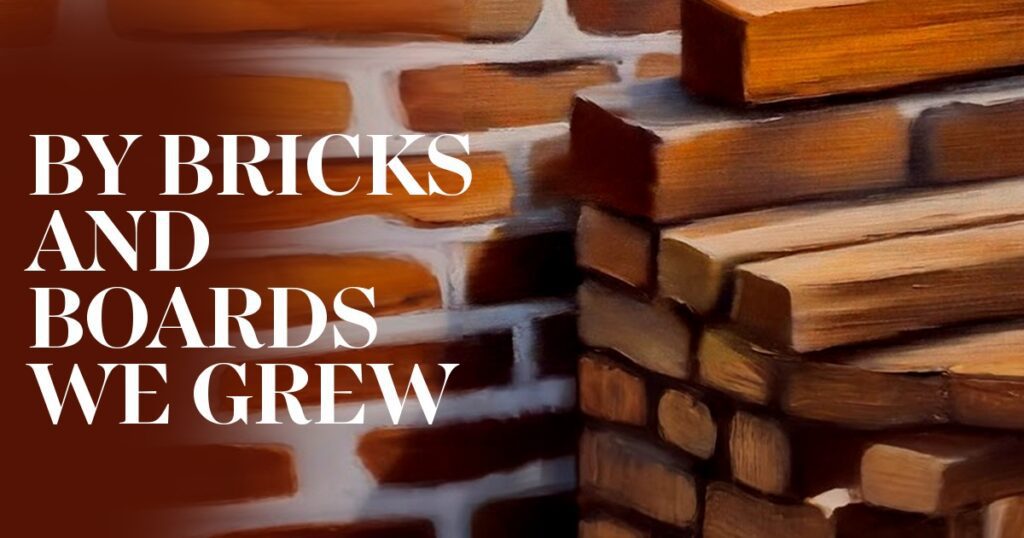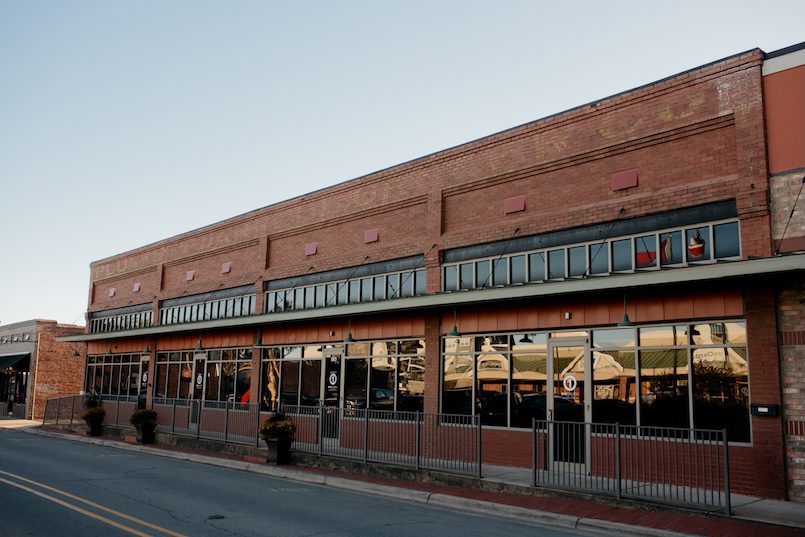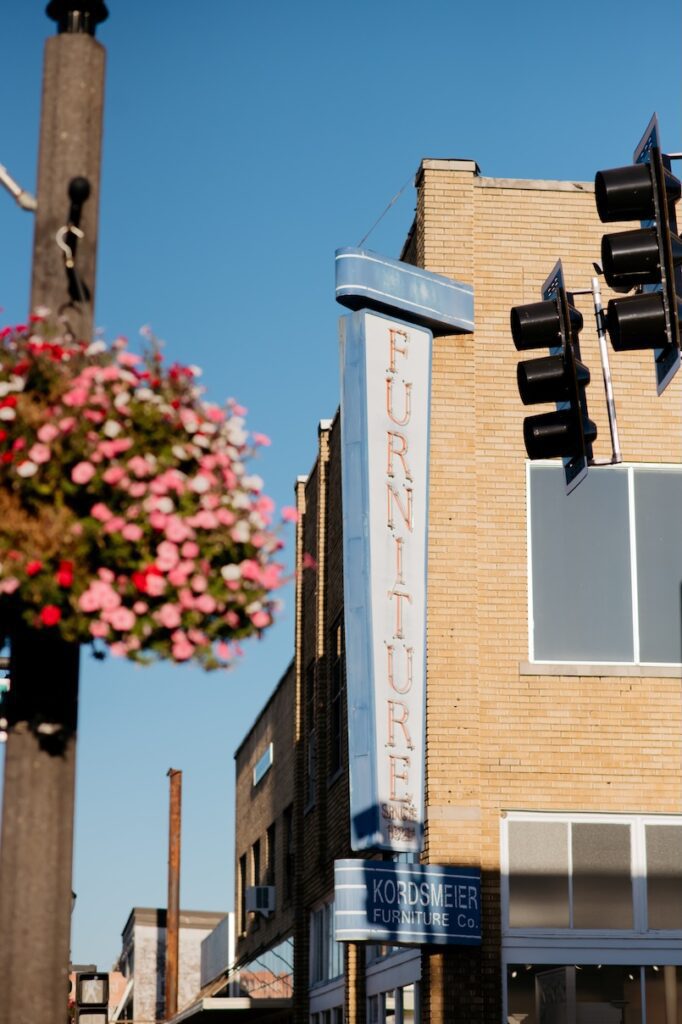05 Nov 2024 By bricks and boards we grew
By Vivian Lawson Hogue
Like other native and long-time residents, I can talk “small towns” with authority. In a town with a population of 5,782 and in the middle of World War II, I took my first breath in Conway, Arkansas. The event took place in a small rock structure that may have earlier been a house, but was then Dr. Dickerson’s clinic. Several telephone party lines buzzed because the Lawsons finally had a female child. The community is now my “former small town.” That doesn’t remove what remains in my memory, though, and actually makes me feel blessed for having been given the privilege of knowing its quieter past. The difficulty is living out what I see now and what was reality for so many years.

I live in the same 1910 house in which I was raised. Though we were in subdivisions on city records, we did not have bricked, lighted and logoed entrances to nice homes with HOAs. We were a mixture of modest homes and mansions, but a mansion didn’t highbrow the modest, and the modest didn’t avoid the mansion. In fact, all kids played together from preschool to high school and remained friends beyond. For reasons yet unexplained, an unusually large number of physicians, teachers and professors came out of our high school in the late 1950s, as did an appreciated number of soldiers, carpenters, plumbers and working or stay-at-home mothers.
Most of our older, more elegant homes are or were on Bruce, College, Robinson and Caldwell Streets. I was awed by them but never considered them as a sign of wealth, although it would have been because these homes were built by the city fathers who primarily hailed from the east to south-southeast states.
When city founder Asa Robinson began selling his land west of his home on a dirt road that became College Avenue, there were no existing homeowner properties, so choices were easy. As I have mentioned to many, it can be noted that most of the large homes were built on corners and facing north. A few were constructed around 1895. The oldest, on Prince Street, still stands, although it is in an unfortunate condition. It was the town’s first brick home, built by Judge P.H. Prince sometime after 1874.

We do have some streets and several homes now listed on the National Register of Historic Places, but those on the street on which the city founder’s home was located are not eligible. If more of the old homes were still in existence, it might qualify, but new properties with new purposes can have effects on historic district surveys. Individuals may still be approved for their own homes of 50+ years upon application.
These old houses have personalities and histories. Some were built by mail order with materials delivered by train. Two of them had heated water tanks in the attic that provided hot water to kitchens and baths. A few had floor buttons in the dining rooms to summon the kitchen help. I was told that one home near me had such an abundant water well that the fire trucks would fill up at their home. Some homes even have friendly “spirits!”
Some of our old downtown buildings have been blessed by owners who have interest in keeping what are called “ghost signs.” These are old store ads painted on buildings long ago but still have remaining faint images. Many towns everywhere are preserving them for as long as possible. I still have images of what I call our ghost houses. A dirt lot with high weeds may be empty, but in our minds we can still see the house or business and the people who lived or worked within it.

Many of the ghost houses are still with us and are actually mental landmarks; for example, someone has said, “The building is on Center Street where the old Mason Mitchell house was.” Many are now parking lots, as illustrated in Joni Mitchell’s song in 1969:
“Don’t it always seem to go
That you don’t know what you’ve got
Till it’s gone.
They paved paradise
And put up a parking lot!
They took all the trees,
Put ’em in a tree museum,
And they charged the people
A dollar and a half just to see ’em.”
They say an old house begins to deteriorate when the remaining inhabitant steps over the threshold for the last time. Its floors are not exercised by footsteps, and the walls do not have human heat or breath inside to keep them flexible. It is my joy to see one bought, not to be flipped or resold, but to receive a traditional facelift, the warm breath of life, new love and new footsteps, perhaps even little ones that will carry on.








